Van Campenvaart, by Carve, The Hague, Netherlands. We live in a world filled with diversity. As adults, the more we test out unfamiliar places, the more we are exposed to all the differences that make up our world. This is also true for children. Play is a big part of children’s lives: In every child, there is a natural explorer willing to investigate new territories, which (let’s face it) exist practically everywhere. When a child plays, he gets to test out the capacities of his body as he explores the material world around him. This is also where children begin to navigate around the complexities of social interactions. For children with disabilities, their chance to play can often be limited by physical barriers and social exclusions. As sad as this sounds, we also live in a world that is also forever changing for the better. Campenvaart Playground gives hope for future generations to become more tolerant of these differences.

Van Campenvaart. Image courtesy of Carve
Van Campenvaart
Carve’s genius designers had one goal in mind: When they received the brief to design a playground with “integrated play facilities,” their mission was to blur the lines to the point where “integration” did not exist, simply because differences were not a part of the design vocabulary. In order to truly appreciate the revolutionary statement this playground is making, we must stroll down memory lane to see the progression that has been made in the history of playgrounds.
No More “KFC” (Don’t Worry, We are not Talking about Kentucky Fried Chicken)
Do you remember where you used to play when you were a child? This could have depended on where you were living at the time. For example, I remember when I was around eight years old, I would play on swings and slides in a little fenced “playground” within a big park. For me, this became my definition of a play space. Through the preconceived notions of creating safety for children, identical approaches were carried out in many cities in what can be described as “KFC” style: Kit, Fence, and Carpet (a term invented by landscape architect and academic Helen Woolley at the University of Sheffield for unimaginative and standardized playgrounds). Recommended Reading
- Landscape Architecture: An Introduction by Robert Holden
- Landscape Architecture, Fifth Edition: A Manual of Environmental Planning and Design by Barry Starke
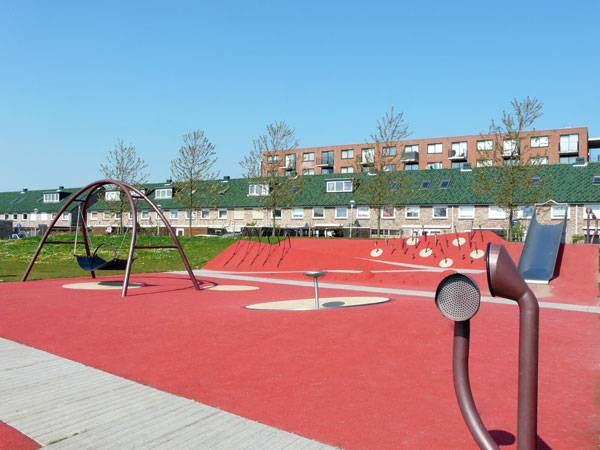
Van Campenvaart. Image courtesy of Carve
Dropping KFC Like a Bad Habit
In contrast to this, a friend of mine from Zambia recalls her childhood being spent in the great outdoors, climbing trees, picking the fruits of the trees, and getting happily muddy. Thankfully, the “KFC” approach has changed significantly over the past years to evolve into something along the lines of what my friend experienced during her childhood years. The idea of “Natural Play” — the integration of play areas within natural landscapes such as woodlands — is now seen as a beneficial approach that immensely aids the learning capacities of children, their understanding of nature, and hence the world around them. See These Other Playground Related Articles:
- Zorlu Center, The Playground Where Imagination Comes to Play
- How “A Toddlers Playground” Inspires Learning
- Creative Outdoor Gym in a Modern Community Park
In Carve’s Vision, “Playing Together” Doesn’t Mean Playing Next to Each Other
Playgrounds such as Campenvaart are challenging the notion of social inclusion in play spaces. The secret ingredient that one needs to design a playground for children both with and without disabilities is to eliminate the idea that you are catering to a specific group of children. As differences were set aside, Carve was able to see the opportunities that come with considering the capacities of children with and without disabilities, not their limitations. The natural explorer within every child makes her want to explore the possibilities and extend her boundaries. Therefore, the playground does not show any obvious sign that possible visual, auditory, physical, or mental limitations have been taken into account. Yet it provides increasing challenges for all children. The playground becomes their oyster, free from any limitations to challenge themselves as they wish.
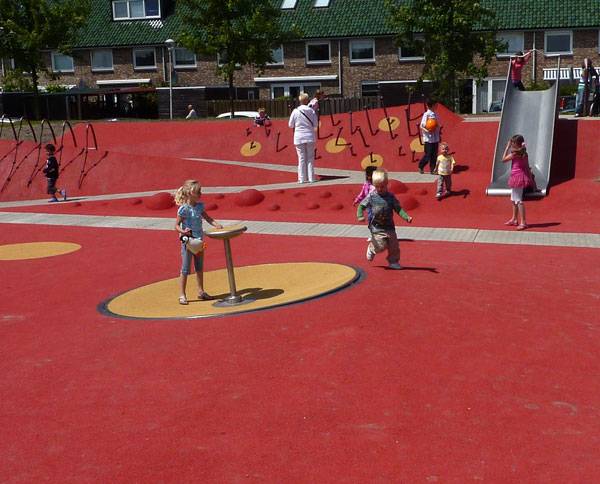
Van Campenvaart. Image courtesy of Carve
- Zorlu Center, The Playground Where Imagination Comes to Play
- How “A Toddlers Playground” Inspires Learning
- Creative Outdoor Gym in a Modern Community Park
So from this project, how can we begin to define inclusive play? Well, we do not need to define our perceptions of accessibility in play by making special adaptations for special needs. We can begin by creating designs that cater to a broad spectrum of children’s needs, to their innate role as explorers, right from the beginning to really demonstrate the true definition of inclusion.
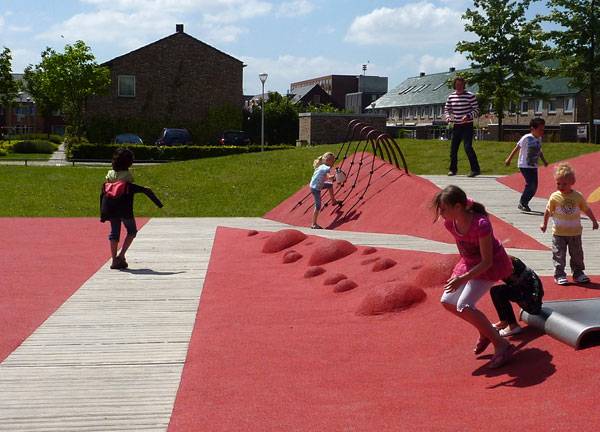
Van Campenvaart. Image courtesy of Carve
Crossing the Barriers That Are Created Through Varying Degrees of Ability
Campenvaart playground shows that accommodating children with disabilities does not need to have additional costs for specific play items to “help” special needs children in particular ways. Designing for inclusive play can benefit all children, as they get to concentrate on their own particular abilities. Interactions between children with varied abilities help them develop a true understanding of the world, appreciate differences, recognize the underlying similarities between people, and be capable of tolerating and accepting diversity.
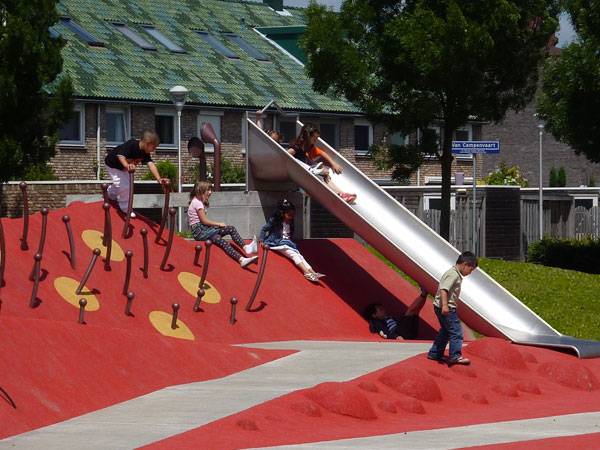
Van Campenvaart. Image courtesy of Carve
Full Project Credits for The Osum River in Van Campenvaart
Project Name: Van Campenvaart Location: The Hague, Netherlands Client: Municipality of The Hague Designer: Carve Area: 280m2 Construction: 2010 Awards: Child and Family Friendly Initiatives Prize 2011 Show on Google Maps Recommended Reading
- Landscape Architecture: An Introduction by Robert Holden
- Landscape Architecture, Fifth Edition: A Manual of Environmental Planning and Design by Barry Starke
Article by Win Phyo
Published in Blog


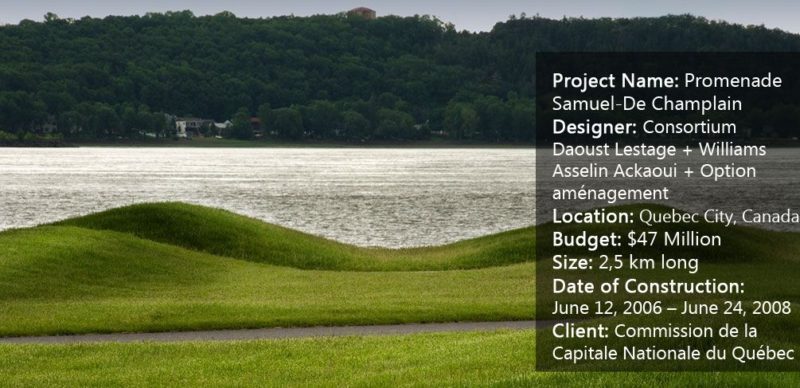
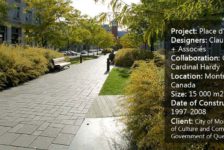

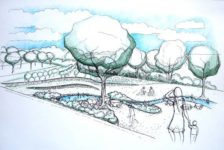
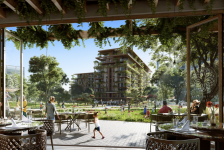
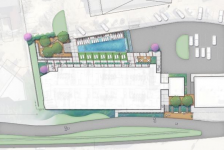
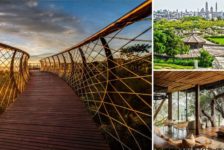
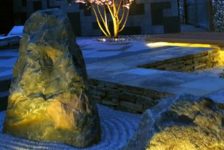
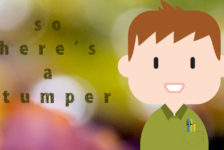
Pingback: The 6 Best Sculptural Playgrounds - Goric Marketing Group USA, Inc.